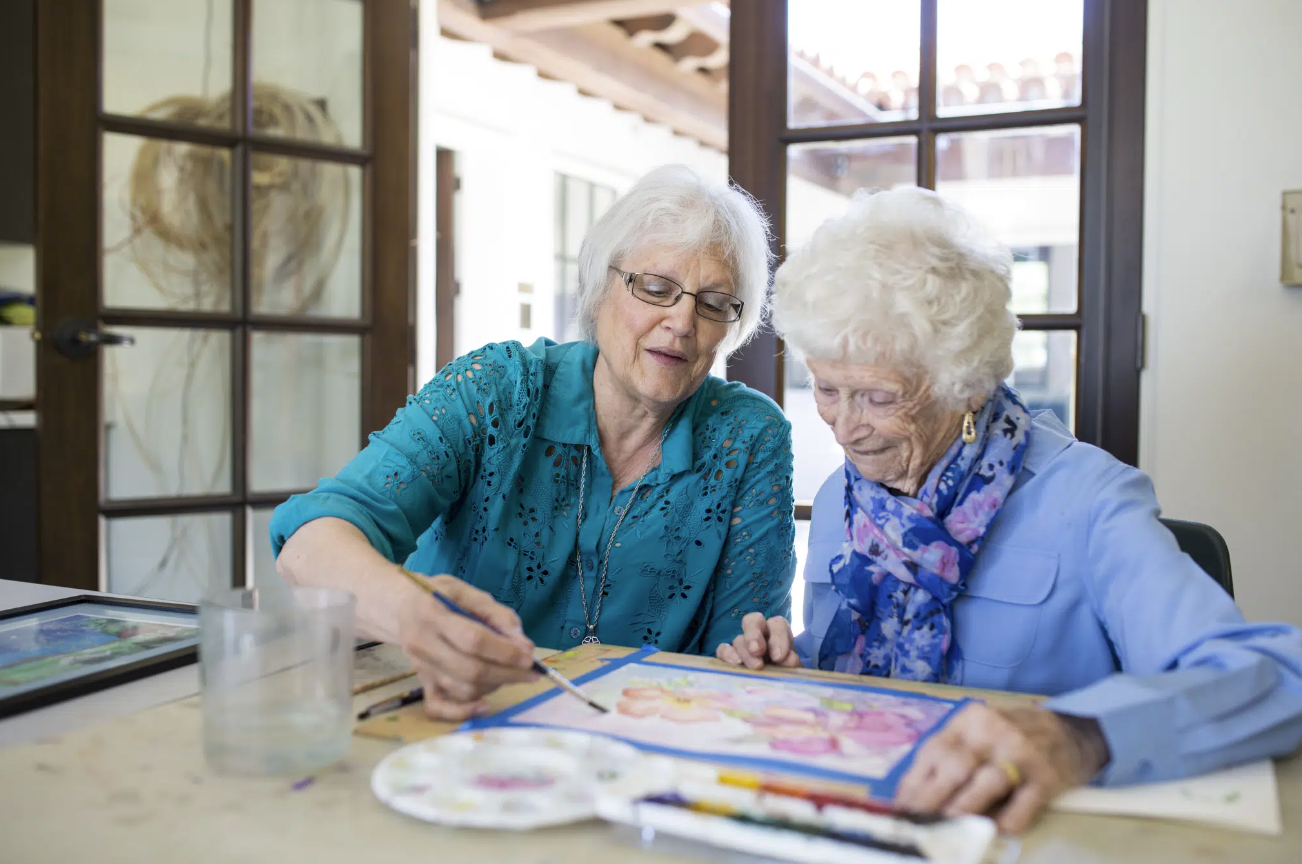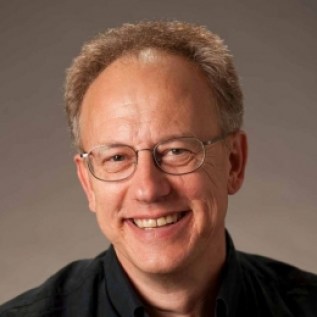Can the Aging Process Be Reversed?
New UCSB Center Hopes to Turn Back Hands of Time

Every year, California strawberry growers spend millions of dollars trying to kill nematodes — tiny hermaphroditic earthworms so small as to be almost invisible — that feed on, among other things, the root stems of the state’s lucrative strawberry crop. And every year, California molecular biologist and geneticists working to slow down the aging process spend millions of dollars on research projects that rely upon the humble nematode — the first totally genetically decoded creature on the planet — as their equivalent of the lab rat.
According to Professor Joel Rothman, a molecular biologist at UCSB, geneticists have already figured out how to tweak the nematode’s genetic sequencing to extend the creature’s life expectancy by no less 600 percent. “In human terms, an increase like that would allow us to live 500 years,” he said. Rothman — with 26 years at UCSB under his belt — is now one of the driving forces behind the campus’s almost brand-new Center for Aging and Longevity Studies, which is making its grand public debut this week with a Thursday-evening event at the Music Academy.

Headlining that event is the microbiologist who first cracked the genetic code that controls the aging process in nematodes, Cynthia Kenyon. In the early ’90s, Kenyon, then a professor at UC San Francisco, figured out how to double the lifespan of an average nematode — from two weeks to four — by making just one genetic change. When Google decided to jump into the anti-aging business with the creation of the California Life Company (CALICO) in 2016, one of the first people it hired was Kenyon, who now serves as CALICO’s vice president of aging research.
Kenyon will be lead-off hitter in a string of public talks and discussions about aging that UCSB’s new center — which technically started a year ago — is just now launching. Already, Rothman said, the new center has 30 faculty members from a wide range of academic disciplines engaged in the new venture, not to mention 250 researchers. Now it’s time to take their show on the road.
The point of the center’s research, Rothman explained, is not merely to extend human longevity but “to cure the disease known as aging.” The genetically tweaked nematodes, Rothman said, don’t just live longer but enjoy an extended period of biological vitality as well. As humans live longer and old causes of death are subdued, Rothman said, diseases associated with the aging process — like cancer, heart attacks, dementia, and strokes — exact many more casualties. The medical treatment associated with these diseases consume a disproportionately large share of America’s medical spending, already off the charts. By 2034, the number of people 65 years of age and older is projected to — for the first time ever — outnumber those 18 years old and younger.
UCSB’s center will hardly be the first or the biggest on the West Coast. What will set the UCSB center apart is the campus’s well-established intellectual culture of multidisciplinary collaboration and cross pollination. Experts from all fields will weigh in on the work hatched and germinated there. “Even people in the humanities,” Rothman exclaimed. Most, however, represent molecular biology; neuro scientist Kenneth Kosik, for example, is already an established rockstar in the field of dementia research.
Of course, at a time when the earth’s population just exceeded eight billion and the impacts of climate grow more manifest every day, some might question the wisdom or desirability of extending the shelf life of Homo sapiens any further. Rothman acknowledged that the genetically engineered promise of a longer and healthy life raises serious questions about equity. He said the center will be hosting a talk to discuss the ethical considerations posed by such research when it comes to “impacts to the planet and health disparities when it comes to access to new developments.”
In the meantime, he said, conducting this research under the rubric of an official, campus-sanctioned center provides a much-needed center of gravity when attracting outside grant funding not to mention intellectual cohesion. At some point, Rothman said, he hopes the new center will have a building of its own. But right now, Rothman said, he’s happy it’s come off the drawing boards and reaching out to the community at large.



You must be logged in to post a comment.